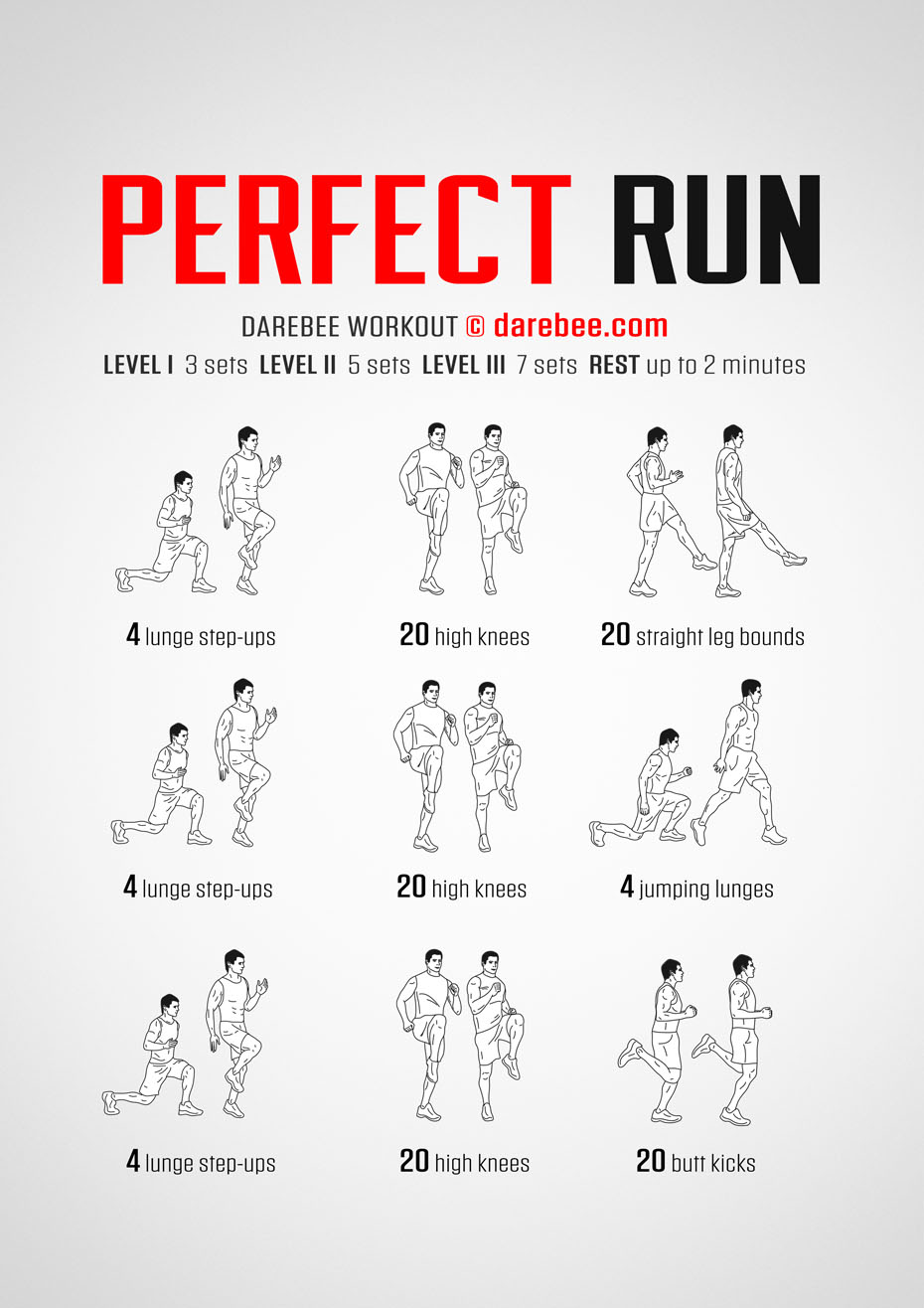Release Your Potential: Running Strategy Basics for Peak Performance
Release Your Potential: Running Strategy Basics for Peak Performance
Blog Article
Taking Care Of Common Running Discomforts: Reasons, Solutions, and Avoidance
As joggers, we typically come across various discomforts that can hinder our efficiency and satisfaction of this physical activity. From the devastating discomfort of shin splints to the nagging IT band disorder, these common operating pains can be discouraging and demotivating. Understanding the causes behind these disorders is vital in effectively resolving them. By checking out the origin factors for these running discomforts, we can reveal targeted services and precautionary steps to guarantee a smoother and a lot more fulfilling running experience (my company).
Common Running Pain: Shin Splints
Shin splints, a common running discomfort, frequently result from overuse or inappropriate footwear during physical activity. This problem, clinically referred to as medial tibial stress and anxiety syndrome, manifests as pain along the internal side of the shinbone (tibia) and prevails amongst athletes and runners. The recurring anxiety on the shinbone and the tissues attaching the muscles to the bone results in swelling and discomfort. Runners who rapidly boost the strength or period of their workouts, or those who have level feet or inappropriate running methods, are especially prone to shin splints.
To stop shin splints, individuals need to gradually boost the strength of their workouts, wear suitable shoes with proper arch support, and keep flexibility and stamina in the muscles bordering the shin. If shin splints do occur, first treatment involves rest, ice, compression, and altitude (RICE) In addition, integrating low-impact activities like swimming or cycling can assist maintain cardio physical fitness while enabling the shins to recover. Relentless or extreme situations might call for clinical analysis and physical treatment for effective monitoring.
Usual Running Discomfort: IT Band Syndrome
In addition to shin splints, one more prevalent running discomfort that professional athletes frequently experience is IT Band Disorder, a condition created by swelling of the iliotibial band that runs along the outer upper leg and knee. IT Band Disorder normally materializes as pain outside of the knee, particularly throughout activities like running or cycling. The iliotibial band is a thick band of fascia that connects the aware of the shin, and when it comes to be inflamed or tight, it can massage versus the upper leg bone, leading to pain and pain.
Runners experiencing IT Band Disorder might see a stinging or aching feeling on the outer knee, which can worsen with continued activity. Variables such as overuse, muscular tissue imbalances, improper running type, or inadequate workout can add to the advancement of this problem.
Usual Running Discomfort: Plantar Fasciitis

Plantar Fasciitis can be credited to various variables such as overtraining, incorrect footwear, working on hard surface areas, or having high arcs or flat feet. To avoid and alleviate Plantar Fasciitis, runners can integrate stretching workouts for the calves and plantar fascia, put on helpful shoes, preserve a healthy weight to lower stress on the feet, and slowly increase running strength to prevent sudden anxiety on the plantar fascia. If signs linger, it is recommended to seek advice from a health care expert for correct medical diagnosis and treatment alternatives to deal with the condition effectively.
Common Running Pain: Runner's Knee
After addressing the obstacles of Plantar Fasciitis, an additional prevalent concern that joggers commonly face is Jogger's Knee, a typical running discomfort that can impede athletic efficiency and create pain during physical activity. Jogger's Knee, likewise recognized as patellofemoral discomfort disorder, materializes as discomfort around or behind the kneecap. Runners experiencing this pain may really feel a dull, hurting pain while running, going up or down staircases, or after prolonged periods of resting.
Common Running Discomfort: Achilles Tendonitis
Typically afflicting joggers, Achilles Tendonitis is an excruciating condition that impacts the Achilles ligament, creating discomfort and prospective constraints in exercise. The Achilles tendon is a thick band of cells that links the calf muscular tissues to the heel bone, crucial for activities like running, leaping, and walking - great tips. Achilles Tendonitis frequently develops as a result of overuse, incorrect footwear, poor stretching, or sudden boosts in physical activity
Symptoms of Achilles Tendonitis consist of discomfort and rigidity along the tendon, particularly in the morning or after periods of lack of exercise, swelling that gets worse with activity, and potentially bone stimulates in chronic instances. To avoid Achilles Tendonitis, it is important to extend appropriately previously and Read Full Article after running, put on proper footwear with appropriate support, gradually boost the strength of exercise, and cross-train to decrease repeated tension on the tendon. Treatment might involve rest, ice, compression, altitude (RICE protocol), physical treatment, orthotics, and in serious cases, surgery. Early treatment and proper treatment are vital for managing Achilles Tendonitis efficiently and stopping long-lasting issues.
Final Thought

Report this page